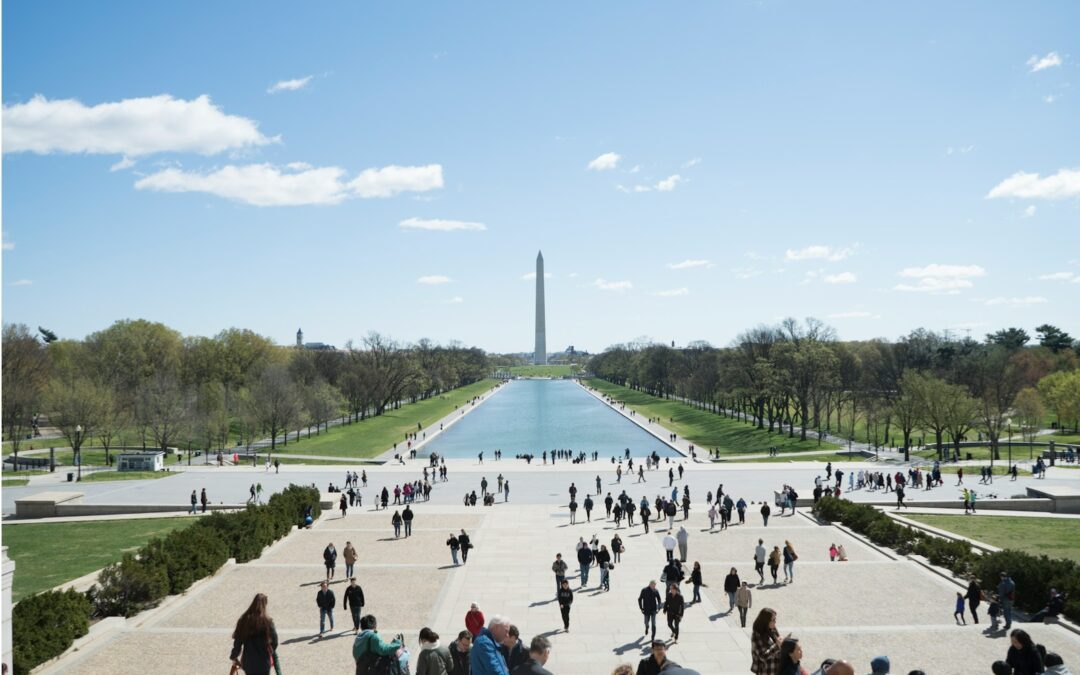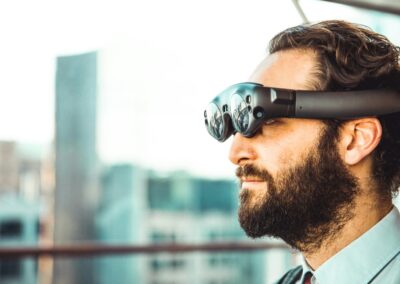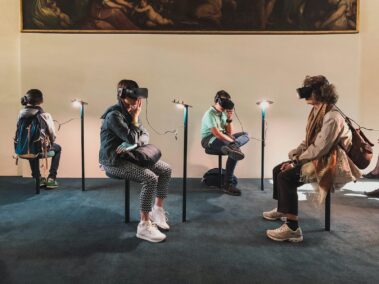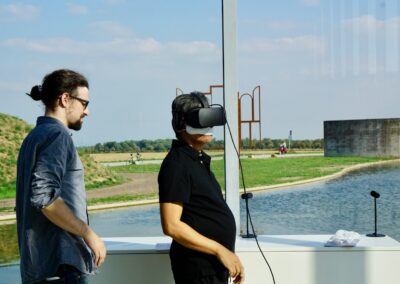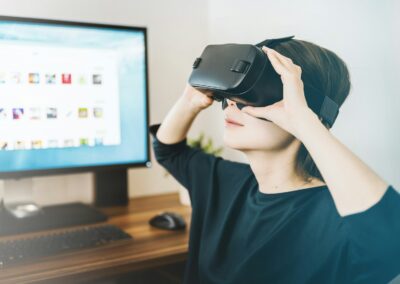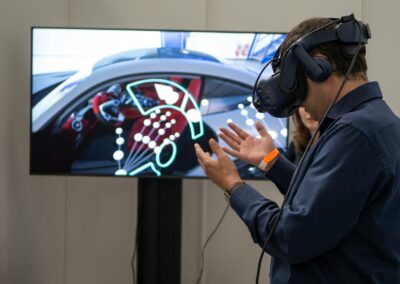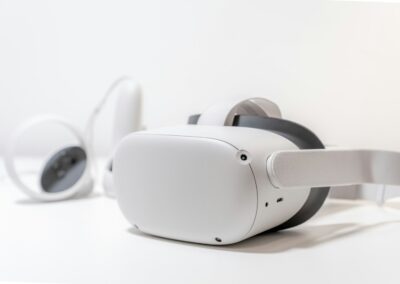Transforming Tourist Experiences with Augmented Reality
The Rise of Augmented Reality in Tourism
Augmented Reality for tourism is revolutionizing how tourists experience popular destinations by providing interactive and immersive content. This technology overlays digital information onto the physical world, enhancing the way visitors engage with their surroundings. In regions like Saudi Arabia and the UAE, where tourism is a significant economic driver, the integration of AR technology is reshaping the landscape of travel and exploration.
AR tourism applications offer a unique way for visitors to access detailed information about historical sites, landmarks, and attractions. By using their smartphones or AR glasses, tourists can view augmented content such as historical reconstructions, interactive maps, and informational videos. This real-time access to enriched content not only makes sightseeing more informative but also more engaging and enjoyable.
Cities like Riyadh and Dubai are at the forefront of adopting AR technology to enhance tourist experiences. For instance, AR applications can guide visitors through the historic districts of Riyadh, providing insights into the city’s rich cultural heritage. Similarly, in Dubai, AR can be used to create virtual tours of iconic structures like the Burj Khalifa, allowing tourists to explore the building’s history and architectural marvels interactively.
Interactive Experiences at Popular Destinations
One of the significant advantages of AR in tourism is its ability to provide interactive experiences that captivate and educate visitors. In the UAE, where digital innovation is embraced, AR applications are being developed to offer tourists unique and engaging ways to explore attractions.
For example, AR can bring historical events to life by superimposing animated scenes over historical sites. Tourists visiting ancient ruins or battlefields can witness reenactments and gain a deeper understanding of the events that took place there. This level of interactivity makes learning about history more compelling and memorable.
In Dubai, AR is being used to enhance the experience of visiting theme parks and museums. Visitors can use AR apps to interact with exhibits, play educational games, and access additional content that enriches their understanding of the displays. This interactive approach not only makes the experience more enjoyable but also appeals to a broader audience, including families and educational groups.
Moreover, AR tourism applications can be tailored to provide personalized experiences. By using AI algorithms, these apps can recommend attractions and activities based on the user’s interests and preferences. This personalization ensures that tourists receive relevant and engaging content, making their visit more enjoyable and satisfying.
Case Studies: Successful Implementation of AR in Tourism
Several case studies highlight the successful implementation of AR in tourism and its positive impact on visitor engagement and satisfaction. These examples provide valuable insights for tourism businesses and city planners looking to integrate AR technology into their offerings.
In Riyadh, the use of AR to enhance tours of the historic Diriyah district has been a notable success. The AR app provides tourists with real-time information about the area’s history, culture, and architecture. Interactive features such as virtual guides and quizzes add an element of fun to the tour, increasing visitor engagement and learning.
Dubai’s use of AR in its tourism strategy is another exemplary case. The Dubai Tourism Board has developed AR apps that offer virtual tours of the city’s major attractions. These apps include features like 3D models of landmarks, interactive maps, and augmented reality games that keep tourists engaged and informed. The positive feedback from visitors underscores the effectiveness of AR in enhancing the tourism experience.
A global travel company has also implemented AR to improve guided tours. Their AR app provides real-time translations, detailed historical context, and interactive elements that make tours more engaging. This innovation has been particularly beneficial in regions with rich cultural histories, as it allows tourists to fully immerse themselves in the local heritage.
Conclusion: Embracing Augmented Reality for Future Tourism
Augmented Reality for tourism is set to revolutionize how visitors experience popular destinations by providing interactive and immersive content. For business executives, mid-level managers, and entrepreneurs in the tourism sector, understanding and leveraging AR technology is crucial for staying competitive and meeting the evolving expectations of modern travelers.
By integrating advanced technologies such as AI and Blockchain, AR tourism applications can offer personalized, secure, and dynamic experiences. These applications not only enhance the overall tourist experience but also provide opportunities for businesses to differentiate themselves and deliver exceptional service.
Executive coaching services can support leaders in navigating the complexities of AR technology and developing effective strategies for its implementation. With the right approach and innovative mindset, organizations can harness the power of augmented reality to create transformative tourist experiences that drive success and elevate their offerings in the digital age.
—
#augmentedreality #ARtourism #interactiveexperiences #immersivecontent #tourismtechnology #AI #Blockchain #Metaverse #executivecoaching #GenerativeAI #moderntechnology #businesssuccess #leadership #managementskills #projectmanagement #SaudiArabia #UAE #Riyadh #Dubai

